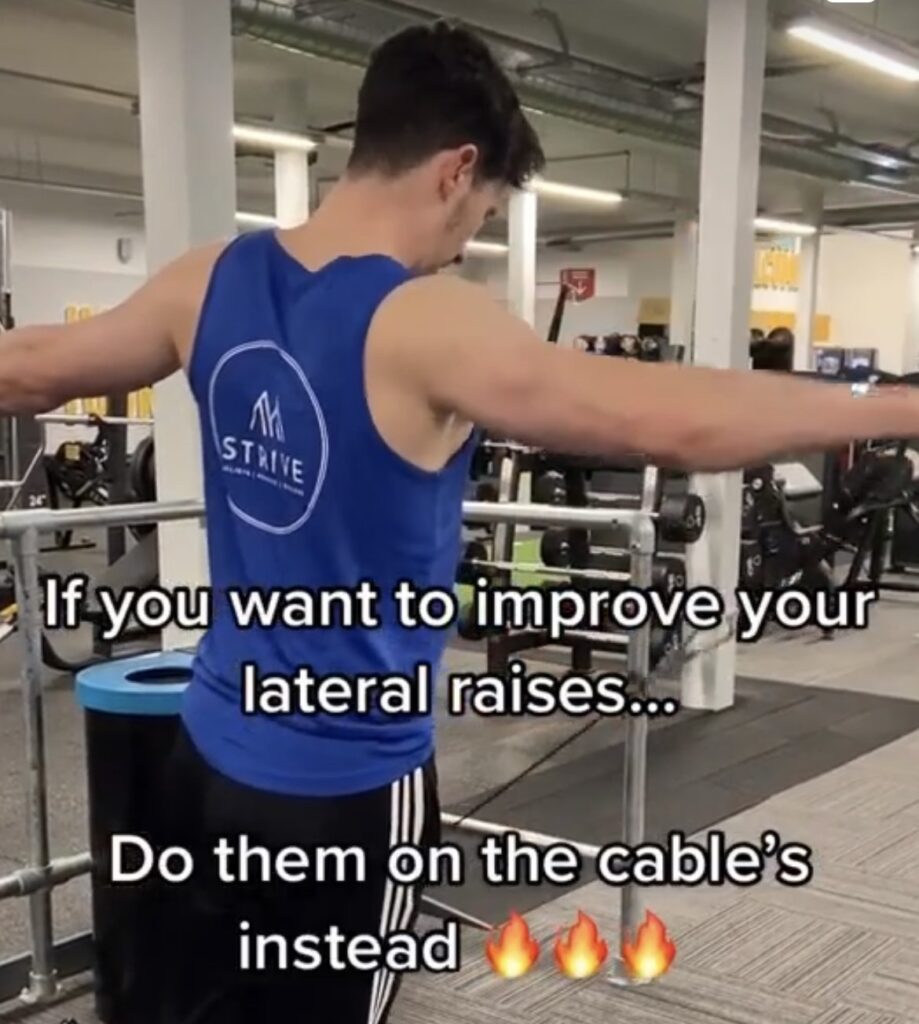Sharing is caring! Help us grow the Strive community!
About this exercise
Cable lateral raises are an excellent exercise to build and strengthen the muscles in your shoulders, specifically the medial deltoids. This exercise is commonly performed with dumbbells or a lateral raise machine, but using cables is another effective option. In this article, we will discuss how to properly perform lateral raises with cables and the benefits of incorporating them into your shoulder workout routine.

Benefits of Lateral Raises with Cables
Using cables to perform lateral raises offers several advantages over other forms of resistance. First, cables provide constant tension throughout the entire range of motion. This means that your muscles are under constant resistance, which can lead to better muscle activation and growth.
Second, cables allow for more fluid and natural movements, which can help reduce the risk of injury. Unlike dumbbells, which can be challenging to control and stabilise, cables provide a smoother resistance that is less likely to cause strain on your joints.
Finally, cables allow for greater variability in terms of the angle and direction of resistance. You can adjust the height of the cable attachment point to perform lateral raises from a variety of angles, which can help target different parts of your shoulder muscles.
How to Perform Lateral Raises with Cables
Step 1: Set the cable machine to the appropriate height.
Adjust the cable attachment point to shoulder height or slightly lower. You may need to experiment with different heights to find the one that works best for you.
Step 2: Stand with your feet shoulder-width apart.
Face the cable machine and stand with your feet shoulder-width apart. Keep your knees slightly bent and your core engaged.
Step 3: Hold the cable handles.
Grasp the cable handles with your palms facing inwards. Your hands should be positioned in front of your thighs with your arms fully extended.
Step 4: Raise your arms to the side.
Keeping your elbows slightly bent, lift the cable handles up and out to the sides of your body. Your arms should be parallel to the ground at the top of the movement.
Step 5: Lower the handles back down.
Slowly lower the cable handles back down to the starting position, keeping your elbows slightly bent throughout the entire movement.
Tips for Proper Form
Keep your core engaged and your back straight throughout the exercise.
Avoid swinging your arms or using momentum to lift the weight.
Focus on squeezing your shoulder blades together as you lift the cable handles.
Do not raise your arms above shoulder height, as this can put unnecessary strain on your shoulders.
Incorporating Lateral Raises with Cables into Your Workout Routine
Lateral raises with cables can be performed as a standalone exercise or as part of a larger shoulder workout routine. Aim to perform 3-4 sets of 10-12 repetitions with a moderate weight. As you become more comfortable with the exercise, you can increase the weight or try performing the exercise from different angles.
Conclusion
Lateral raises with cables are an effective exercise for building and strengthening the muscles in your shoulders. Using cables offers several advantages over other forms of resistance, including constant tension, natural movements, and variability in resistance direction. By following proper form and incorporating lateral raises with cables into your workout routine, you can improve your shoulder strength and overall fitness.


